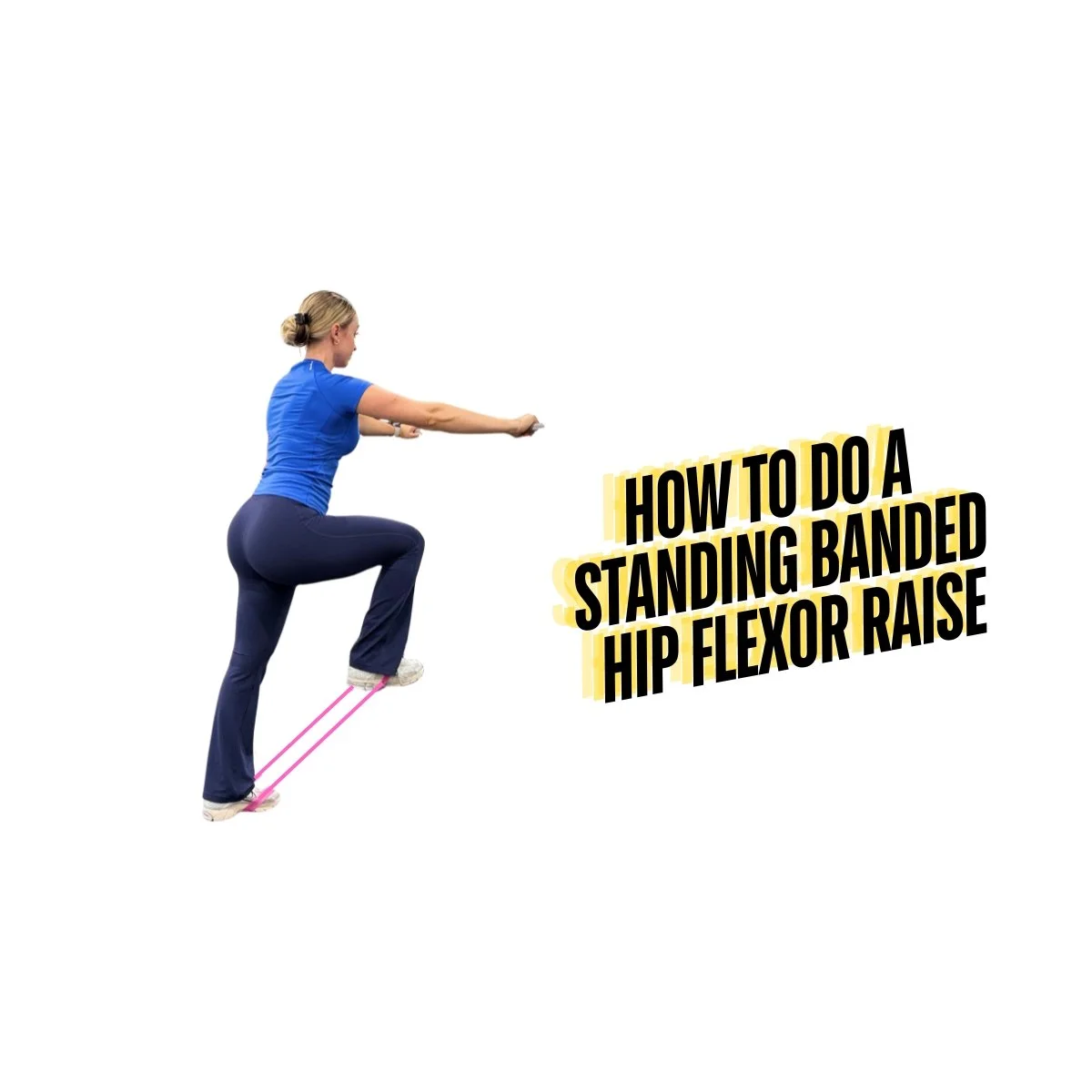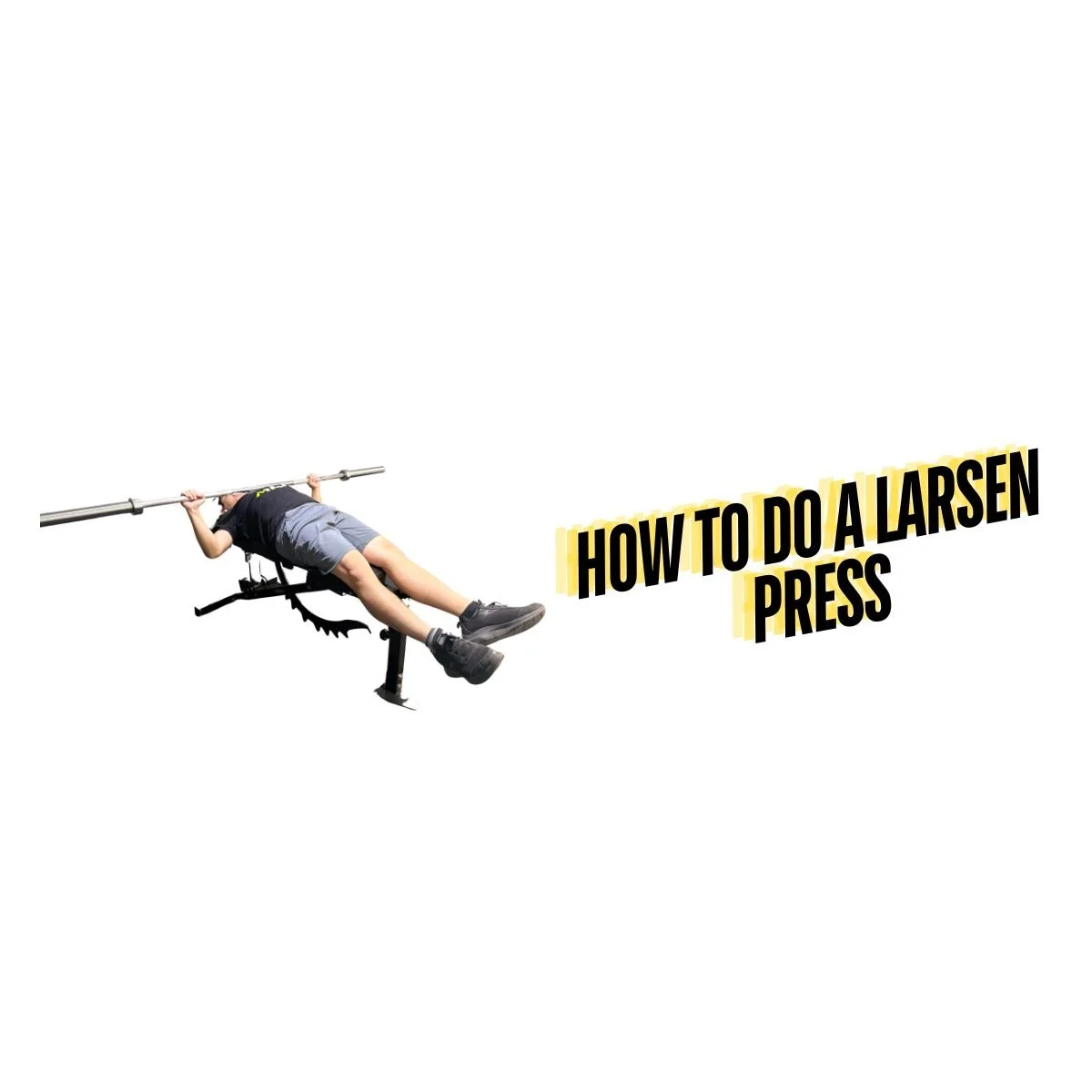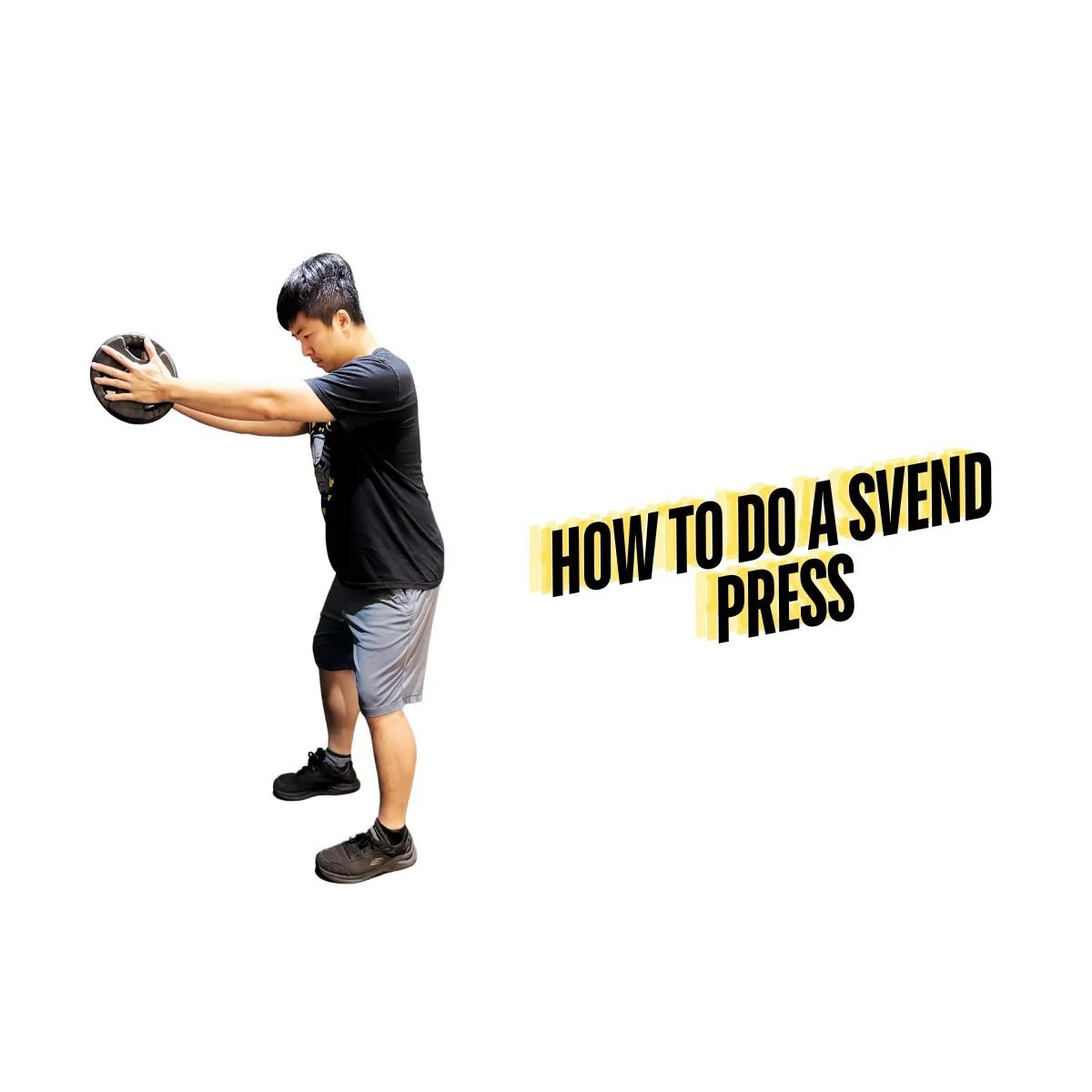What Is PNF Stretching and How to Use It
What Is PNF Stretching
PNF Stretching is a stretching technique used to help increase an individual’s range of motion and flexibility. It involves the use of a partner or object to assist in contraction and stretching of the muscles. PNF Stretching accomplishes these claims by increasing the elasticity, neuromuscular efficiency and length of the muscle. Studies have found that PNF Stretching is effective in increasing the range of motion in both trained, and untrained individuals, thus making PNF Stretching an effective technique for everyone!
Types of PNF Stretching
There are different types of PNF Stretching. The main types of PNF Stretching include:
Contract-Relax method
Antagonist-Contract method
Contact-Relax-Antagonist-Contract method
PNF Stretching Stands For
PNF stands for Proprioceptive Neuromuscular Facilitation.
Benefits of PNF Stretching
Various studies have found many benefits of PNF Stretching. Some of the benefits of PNF Stretching include:
Increased passive and active range of motion
Improved athletic performance
Increased flexibility
Increased muscular strength
Originally, PNF Stretching was reserved for clinical settings, but these benefits were so great that people now perform PNF stretching consistently on their own or with a partner.
PNF Stretching Certification
If you are interested in learning more about PNF Stretching, or teaching others how to perform PNF Stretching, you can become certified. A quick search on the internet for PNF Stretching Certifications will display multiple options for you to take courses and obtain a certification as a stretching instructor. Some institutions that offer PNF Stretching Certifications include the National Federation of Personal Trainers and the American Sport and Fitness Association.
PNF Stretching With Bands
PNF Stretching can be completed using a resistance band. This is useful when you do not have a partner around who can help you stretch. The following is an example of PNF Stretching with a band.
Lie down on the floor on your back with your legs extended. Place a resistance band around the right foot and hold the other end of the band in your hands. Raise the right leg straight up towards the sky. The right leg should be perpendicular to the ground while the left leg remains on the floor. Both legs should be straight. Next, pull the right leg towards the body using the resistance band. Hold this position for 10 seconds. Maintain the pull on the right leg, but now push back against the resistance to contract the Hamstrings- hold for 6 seconds. After these 6 seconds, relax the Hamstrings and try to pull the right leg towards you again, you should be able to go farther than you could on the first try.
PNF Stretching Routine
It has been suggested that if you have never performed PNF Stretching, to start out with just two sessions per week. Once you have established a routine, you can increase this amount to performing PNF Stretching three times and week and so forth. Performing PNF Stretching does not mean that you should stop static or active stretching, in fact, you can fill the days in-between PNF Stretching with these types of stretches.
PNF Stretching Examples
Below are some examples of PNF Stretching that you can try.
PNF Stretching Shoulder
Research has shown that PNF stretching is effective in increasing range of motion in the shoulder.
You will need a partner to help you complete this PNF Stretch. Lie down on a bench with one arm hanging off the side. Your partner will pull your arm back backwards until you feel tension. They will hold this position for about 10 seconds, and then you will resist the pulling by contracting the muscles to move the arm forwards. After about 6 seconds of contraction, relax and let your partner passively stretch the arm backwards again. You should be able to move further behind that you previously could.
PNF Stretching Hamstrings
Lie down on your back with your feet extended and arms at your sides. Your partner will lift one leg straight up towards the ceiling. Once you start to feel discomfort in the leg, your partner will hold this position for 10 seconds. After 10 seconds, push against the resistance of your partner for 6 seconds. Once this time has passed, your partner will deepen the stretch of your hamstring for about 30 seconds.
PNF Stretching Chest
The following is an example of a seated pectoralis stretch.
Sit in a chair with your feet flat on the floor, and your arms raised to form 90-degree angles in the elbows. Your arms will be out to the side so that the elbow is in line with the shoulder. Your partner will be standing behind the chair you are seated in. They will pull the elbows towards themselves (behind you) and hold this position for 10 seconds. After 10 seconds, you will try to resist the backwards pull by pushing your elbows forwards. Do this for 6 seconds. Next, you will relax and your partner will pull the elbows towards them again.









